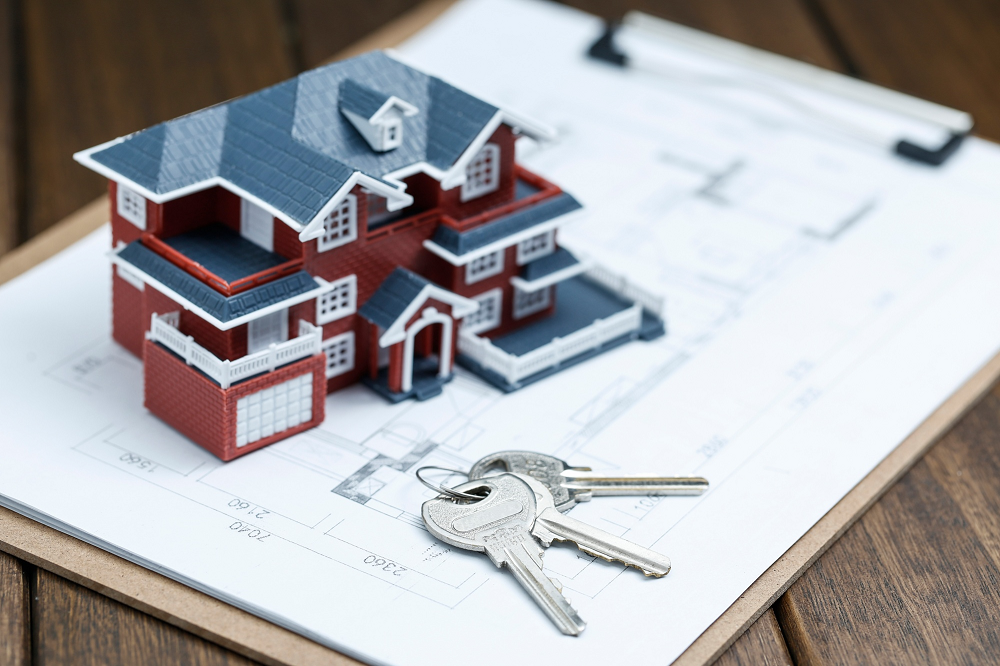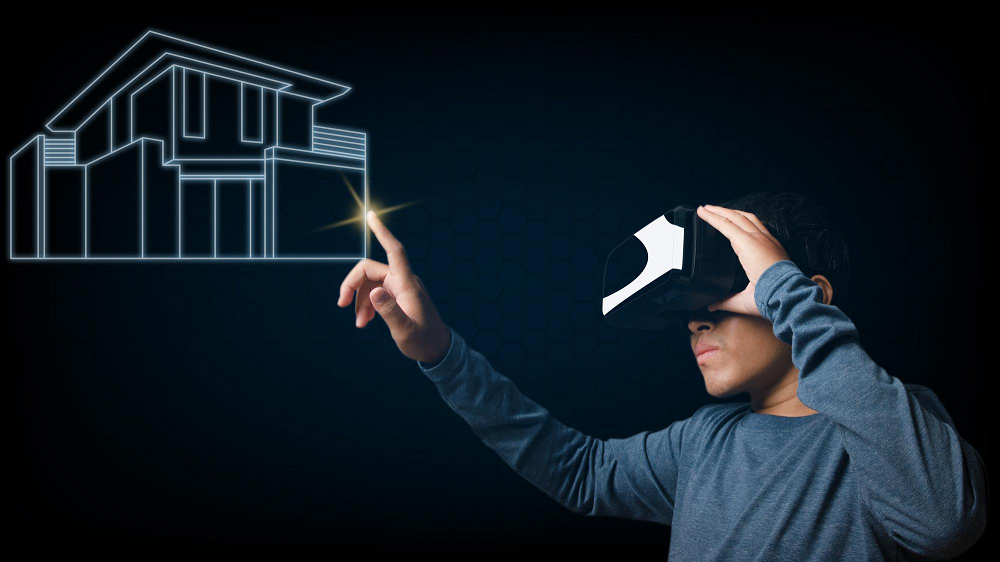Real estate is one of the most profitable activities ever since. It doesn’t matter whether you sell it or trade with it, the big money is there. And succeeding by doing it is a matter of creativity and perhaps a good portfolio. But what if you are giving your first steps in this industry or you already count on some experience but want to change your strategy? Keep reading to get to know about how to use virtual reality in real estate. Your clients will love it!
But before, let’s give a little bit of context about this old but yet new concept.
What Is Virtual Reality?

Let’s see a little bit of context before start talking about the virtual reality real estate tour.
There are several definitions of virtual reality (VR), but the context regarding of computing and software engineering is related to a novel titled The Judas Mandala (1982), by Daniel Broderick. And this technology was first sketched out and introduced to the main media by Jaron Lanier, who designed some of the first virtual reality hardware in the late 1980s. From that moment on, this technology has shaped the web and the way of making business. And now, the moment for real estate has come.
Real Estate and Virtual Reality: A Great Alliance
Before 2020, real estate was promoted through photos, videos, and visits to the properties. Even there were several strategies to sell and rent that consisted in placing furniture and utensils inside of the place in order to recreate an environment that went along with the activities supposed to be developed in there (i.e. a familiar setup or an office with desks, chairs, and computers, among others).
But the pandemic changed that all. During and after 2021 real estate and the activities related had to evolved in order to carry on it safely. This was the moment for VR to come in the game.
Thanks to VR, Virtual tours were now possible since 3D walkthroughs allowed an immersive experience that overcome the simple fact of watching videos and photos form a third-person perspective. In one word, it was as if the clients were physically in the place. This made of VR an excellent ally for real estate.
Virtual Reality: Amenities

As a consequence, VR let people from all over the world visit the same property at the same time, which saves a lot of time and money for both realtors and customers.
In addition to this, virtual reality opens the possibility of comparing prices and properties faster, which implies that customers and providers can buy and sell them in a matter of seconds. And since people don’t have to go out nor be in the traffic, pollution ends up decreasing.
Apart from that, this technology allows to personalize the space by adding furniture, some attractive decoration, and others aesthetic details instantly. This strategy, called home staging, is a big plus for virtual reality in real estate since realtors and providers don’t have to spend time and money moving things or hiring extra services to apply it.
Because of this feature, realtors can target a specific public, stage the place following the customers’ needs, and increase the chances of making a deal since statistics has shown that the more customized a product is (or in this case, a property), the better the chances it has to be sold or rented, due it helps people to realize whether the place is convenient for them or not.
A better communication between realtors and customers is another plus for VR because it allows to set a personalized channel.
Now let’s see three examples of how virtual reality in real estate can transform this industry.
Virtual reality in real estate: How to sell using VR

-Virtual Showcases
As it was said before, VR enables 3D virtual tours, but actually there are two kinds of 3D virtual touring that can be done using this technology: guided tours and interactive tours.
Guided tours are those where customers can go in an immersive way around the place. Another variant of this tour is a 360-degree video, which is consider a virtual reality experience as well.
Interactive tours, in the other hand, allow customers not only to see the place but, as its name suggests, to get to know more about every object displayed in it. This kind of tour is strongly advised if you are looking for amplify your social media and online presence.
-Buildings’ Visualization
In contrast to the traditional architectonic mock-up that only allows to visualize how a building would be from a third-person perspective and in a small scale, VR let customers see in a first-person perspective how an entire building may be when finished and also make a trustworthy replica about the surrounded areas.
This may create engagement with buyers since they will have a realistic image of what they are about to invest in, and, as a result, the chances to make a deal are higher using this technology.
-Virtual Commerce
Another side of applying virtual reality in real estate is that you can add special items to the virtual design. These items (furniture, chairs, and tables, among others) can be placed as sponsorship and help the customers to make their places even more personalized. So, a person could decide whether to buy specific blinders, a different color curtains or another type of couch while he is touring around the property.
At the end of the day, designing the interior of a new house would be for buyers like making a software program, and as a final product they will have the house they dreamed of.
What Are You Waiting for?
What started as a new idea contained in a book has revolutionized many aspects of our lives. Virtual reality has not only proved to be worthy for the gaming industry, but for every other where envisioning could take us right where we would like to be, like real estate.
Here at Stringnet we provide you with the best support and experience on virtual reality to help your real estate project skyrocket.
Contact our expert team and see what comes beyond the unknown. What are you waiting for?


